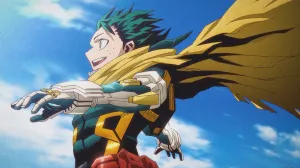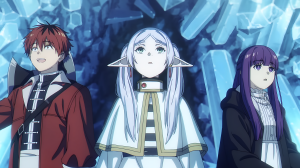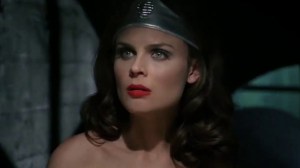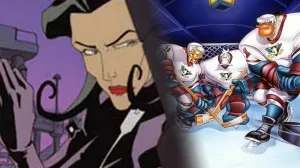
While some might say it’s “good to be bad,” there are a number of comic book villains that have discovered there’s more glory and popularity in being a hero. As such, some of the industry’s most popular comic books and films feature characters that were initially introduced as villains, only to switch sides and join the forces of good.
Videos by ComicBook.com
After recently running down some of the most iconic “heel turns” in comic book history, we thought it would be appropriate to examine the other side of that coin and look at the medium’s greatest “babyface” turns. For many of these characters, the road to reformation wasn’t always an easy journey, and for some, it was only a matter of time before they reverted to their evil ways. But for the purposes of this list it’s best to remember the good rather than dwelling on the bad.
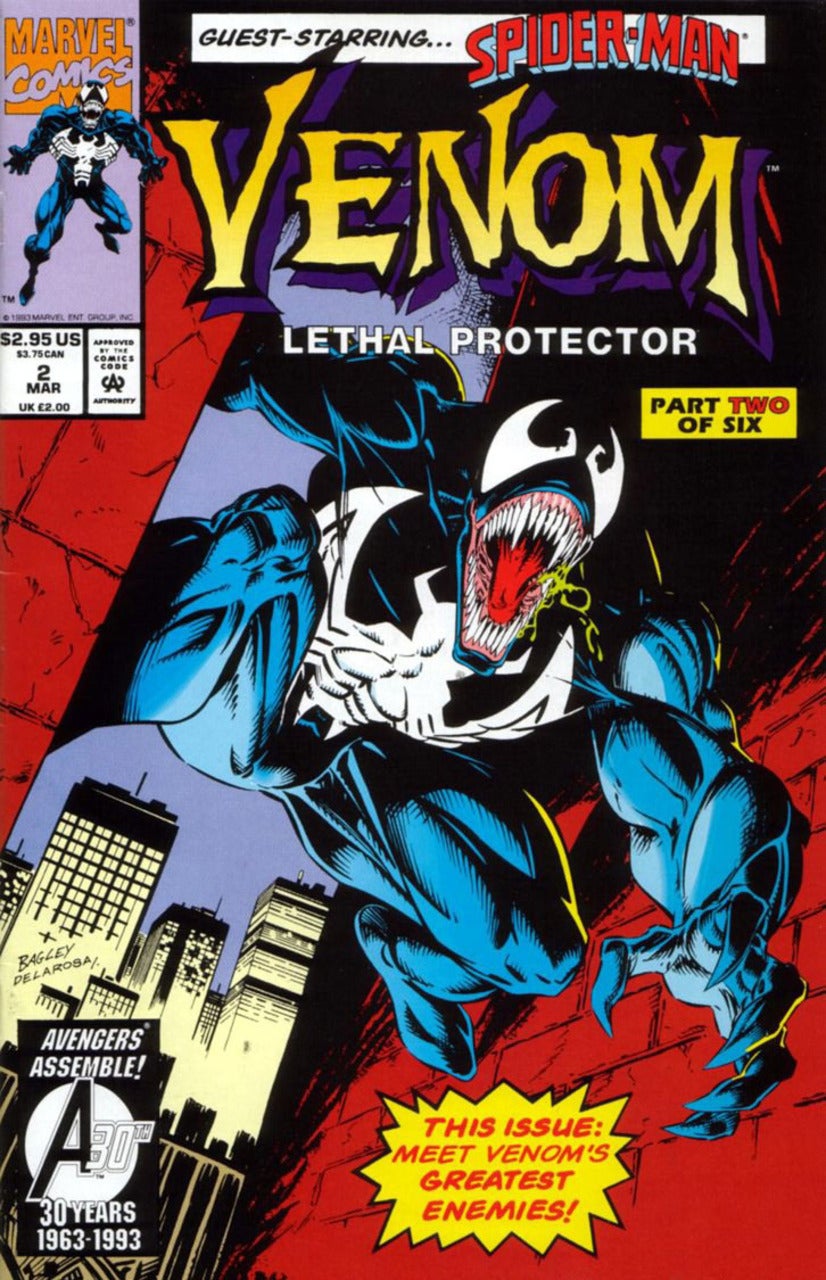
10. Venom
In the late 1980s, David Michelinie and Todd McFarlane created Spider-Man’s worst nightmare when they brought together a man who had a personal vendetta against the Web Slinger in Eddie Brock, and the alien symbiote Spidey rejected after acquiring the black goop in Secret Wars. Venom tormented Spider-Man for years, before the surging popularity of the character forced Marvel to reconsider his characterization, transforming him into an anti-hero.
Spider-Man and Venom first teamed up when Carnage, the spawn of Brock’s symbiote, was created. It was a classic case of the enemy of my enemy is my friend, though Venom eventually won over Spider-Man (enough) for Spidey to promise to keep his distance from the reformed villain. That’s when Venom to became the “Lethal Protector” of San Francisco during the 1990s.
Venom would slip back to villainy a few more times over the years, though Brock and the symbiote have both experienced recent stints as good guys. Brock was transformed into the pseudo-hero Anti-Venom in order to fight the symbiote after it had possessed Mac Gagan of the Thunderbolts, and in 2011, the U.S. government loaned out the symbiote to former Midtown High bully Flash Thompson, creating Agent Venom. Agent Venom was eventually brought into the Avengers and he’s currently defending the cosmos as a member of the Guardians of the Galaxy.

9. Suicide Squad
Including the members of this secret government group that also goes by the name “Task Force X” might be considered a bit of a cheat, but no one said the babyface turns on this list had to be accomplished via ethical methods.
The modern-day incarnation of the Suicide Squad debuted in the Legends miniseries when the team faced off against Darkseid’s fire elemental Brimstone. The team consisted of an assembly of lesser-known DC supervillains, such as Captain Boomerang, Bronze Tiger and Deadshot, who were tasked by the U.S. government with next-to-impossible missions (or suicide runs) in exchange for a shortened prison sentence. Not exactly a prime display of virtue and honor, but as the old adage goes, it’s a dirty job, but somebody’s got to do it. Plus, in a recurring gimmick of the series, one member would often die during a mission. So that has to count for something when considering the moral fiber of the group’s membership.
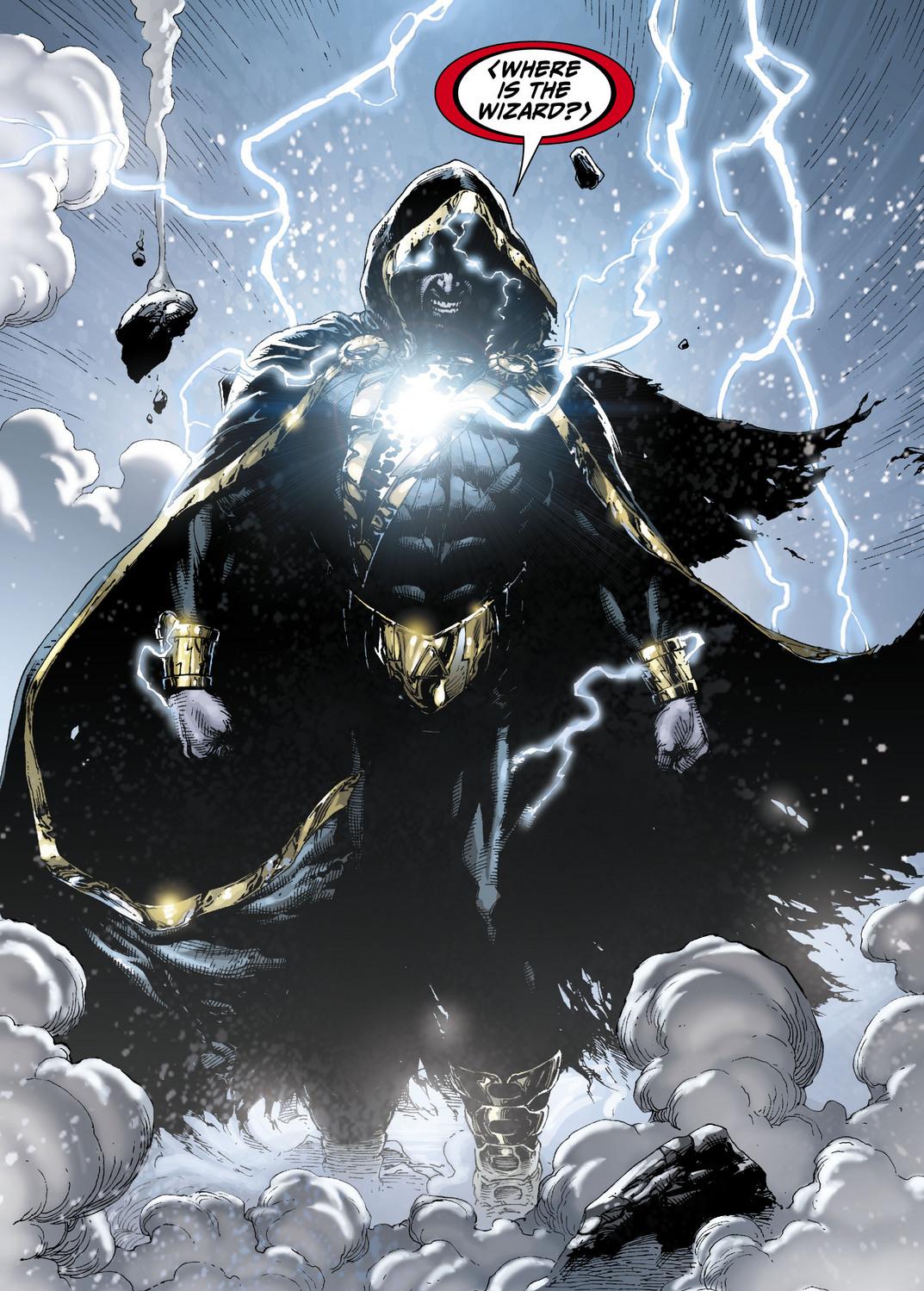
8. Black Adam
For decades, Black Adam was generally known as Shazam/Captain Marvel’s chief nemesis, but the character went through a bit of a reformation in the late 1990s that defined him as more of an anti-hero than a villain.
Black Adam’s babyface turn started towards the end of the Jerry Ordway-scripted Power of Shazam series. When the character was first introduced in the Power of Shazam graphic novel, Black Adam’s alter ego, Theo Adam, had killed Billy Baston’s (the human/child-form of Shazam) parents during an archaeological expedition. However, as the character started to creep towards the side of good, it was later revealed that Black Adam and Theo Adam were separate personalities, somewhat absolving Black Adam from Theo’s actions. During the early-2000s JSA series, Black Adam struggled in freeing himself from Theo’s influence, eventually succeeding and joining the Justice Society on a probationary basis.
Still, it wasn’t smooth sailing for Black Adam. Even after reforming, he has been portrayed as a somewhat unhinged and hyper-violent protector of the nation of Khandaq, murdering supervillains who threatened the country (and earning the distrust of his fellow heroes). During the New 52 DC reboot, Black Adam was again introduced as a nemesis to Shazam, but he started to transition back to being an anti-hero again during the Forever Evil event.
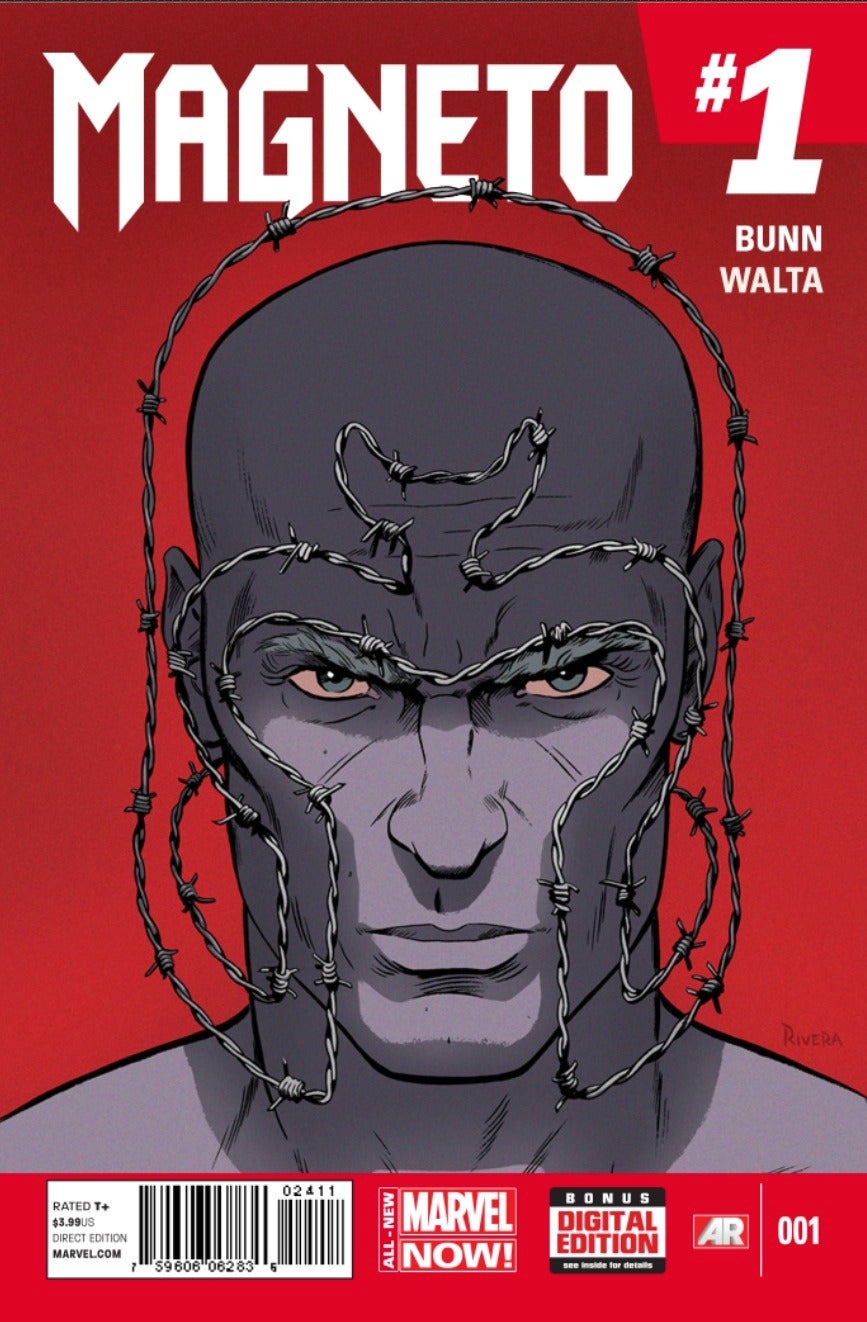
7. Magneto
Going back to his first appearance in X-Men #1 in 1963, Magneto has been depicted as one of the most morally complex characters in comic book history. While he was initially introduced as the chief antagonist to the X-Men, he’s always been far more nuanced than your standard, mustache-twirling supervillain. Like his heroic counterpart Charles Xavier, Magneto has long advocated for the rights of mutant-kind – it’s just that Magneto is willing to go to extreme, and violent lengths for his cause.
Over the course of a number of different storylines in the 1980s, Magneto started to change his ways. He aligned himself with the X-Men while the Marvel Universe battled the cosmic Beyonder in Secret Wars, and even stood trial for his crimes (charges against him were dismissed because of his character’s “rebirth”). By the mid-1980s, Magneto became the headmaster of the New Mutants, but his tenure was filled with drama and eventually ended in disaster when he betrayed his students and the X-Men to become the head of the Hellfire Club.
Magneto would continue to tapdance on the line between good and evil. During the “Age of Apocalypse” event in the mid-1990s, Magneto was portrayed in the alternative timeline as leading the X-Men against the evil Apocalypse, carrying on the legacy of the deceased Xavier.
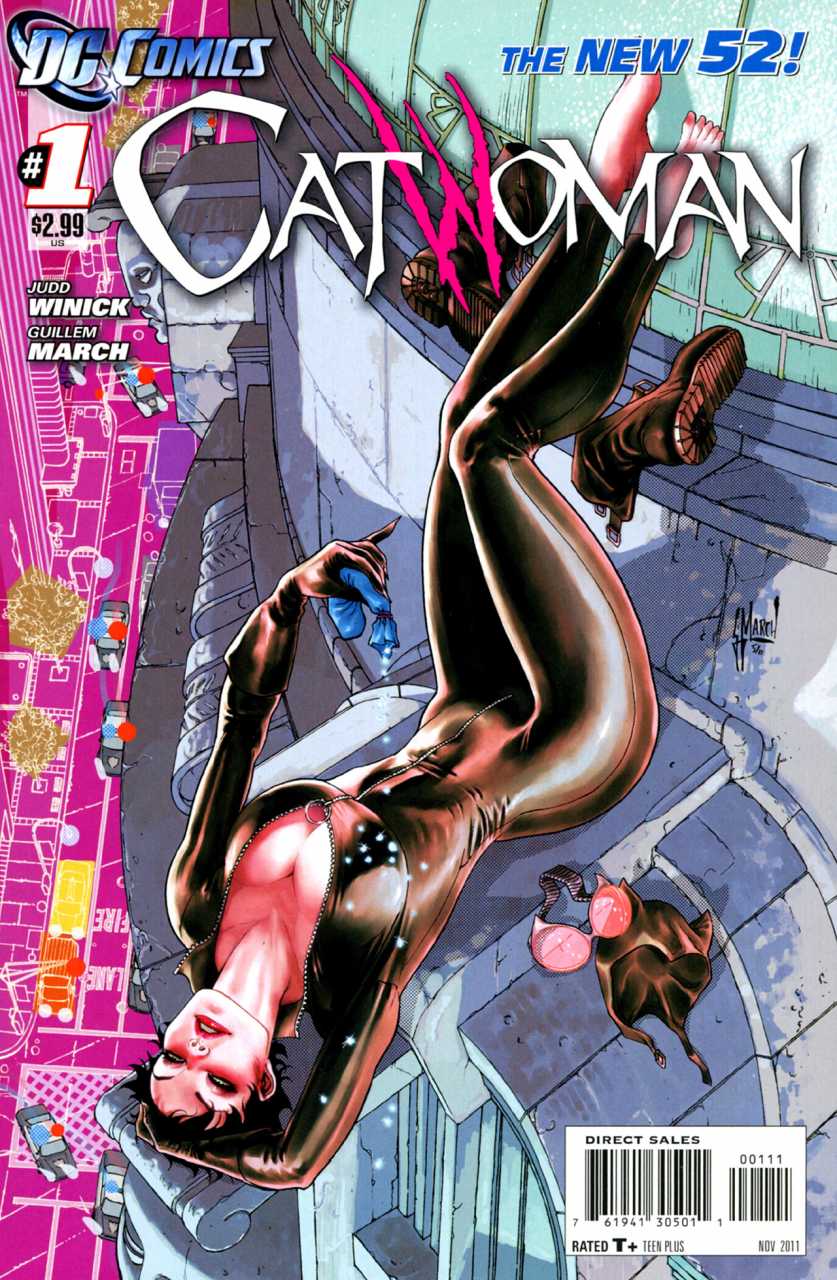
6. Catwoman
Selina Kyle, aka, Catwoman is one of the only characters on this list that has had such a long and complicated career, that she’s celebrated as both a hero and a villain.
Starting with her very first appearance in Batman #1, Kyle, then known as the Cat, demonstrated her knack for being characterized as both a love interest and a thorn in Batman’s side. The character went through a number of personality iterations during the Golden and Silver Ages, before Frank Miller revised her origin as part of his iconic “Batman: Year One” arc. In that story, she works as a dominatrix as a means to survive and aspires to break away from her abusive pimp. Miller’s origin would be built upon by subsequent creators, including the Catwoman limited series by Mindy Newell and JJ Birch.
In the two Jeph Loeb/Tim Sale Batman limited series, The Long Halloween and Dark Victory, Catwoman is again portrayed as both a criminal and a pseudo-romantic partner to Batman. This pattern would continue over the course of multiple Batman arcs, and within Selina’s own ongoing series, including the current New 52 relaunch of Catwoman.
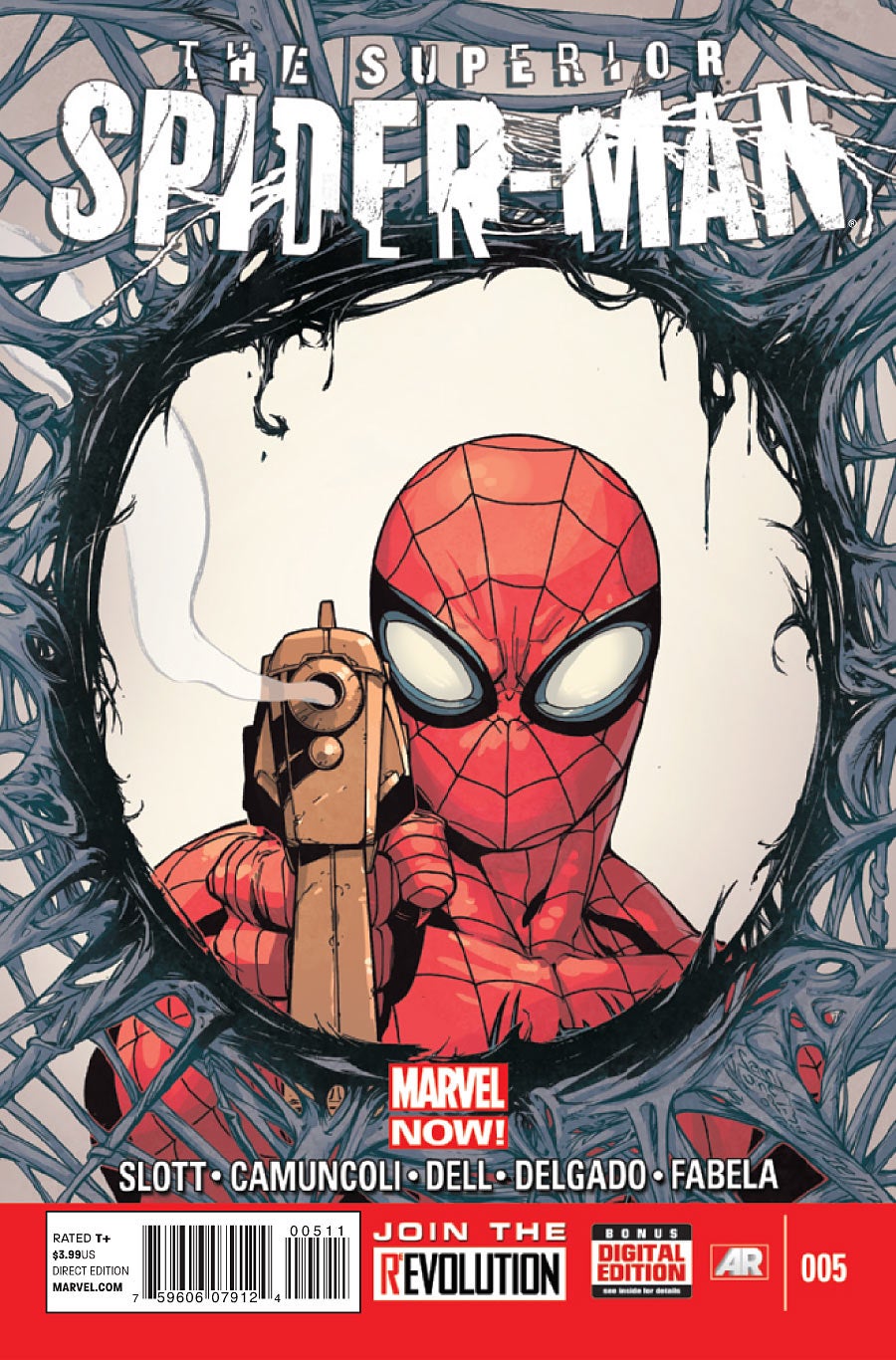
5. Otto Octavius
It’s not often that a lifelong supervillain can murder a superhero and still find himself (somewhat) redeemed by the end of an arc, but that’s exactly what happened to Otto Octavius, aka Doctor Octopus, over the past two years. In Amazing Spider-Man’s “Dying Wish” arc, Otto, nefariously switched minds and bodies with his nemesis, Peter Parker (Spider-Man), leaving Peter’s mind to rot in Octavius’s cancer-ridden body. When Doc Ock’s body finally expired, Otto carried on Peter’s legacy as the Superior Spider-Man, bringing a darker level of justice to the traditionally glossier world of Spidey comics.
Except Superior Spider-Man would evolve beyond the standard anti-hero story. By the end of the series, the once egomaniacal Otto realized that he wasn’t the “superior” hero he thought he was. After getting trashed by the Green Goblin and his minions in the “Goblin Nation” arc, Otto ceded his new body back to Peter, allowing the “true” Spider-Man to save the day.

4. Scarlet Witch and Quicksilver
The Maximoff twins (and the children of No. 7 on this list, Magneto), are two of the comic book industry’s very first villains turned heroes. Introduced in X-Men #4 in 1964 as members of the aptly-named Brotherhood of Evil Mutants, Scarlet Witch and Quicksilver, or Wanda and Pietro, were initially antagonists to Professor Xavier and his X-Men, before setting out on their own after their leader Magneto was abducted by the cosmic being known as the Stranger. The two were later recruited by Iron Man to join the second generation of the Avengers, dubbed “Cap’s Kooky Quartet.” They remained members of “Earth’s Mightiest Heroes” for many years to follow.
But it hasn’t always been smooth sailing for Scarlet Witch and Quicksilver. Due to his ego and arrogance, Quicksilver has had an adversarial relationship with many of members of Marvel’s superhero community, while Wanda, notably, loses her connection with reality and blames the Avengers for the death of her children during the “Avengers Disassembled” arc (leading to the death of Vision and Hawkeye). Things don’t get much better for the Maximoff’s when Quicksilver convinces Wanda to create an alternate universe where everybody has their deepest desire fulfilled as part of the House of M miniseries (you’d be surprised how ticked off heroes get when you mess with their minds).
Still, despite these transgressions, Scarlet Witch and Quicksilver are still considered core heroes in the Marvel Universe and it is anticipated that both characters will become Avengers in next year’s Avengers: Age of Ultron film.
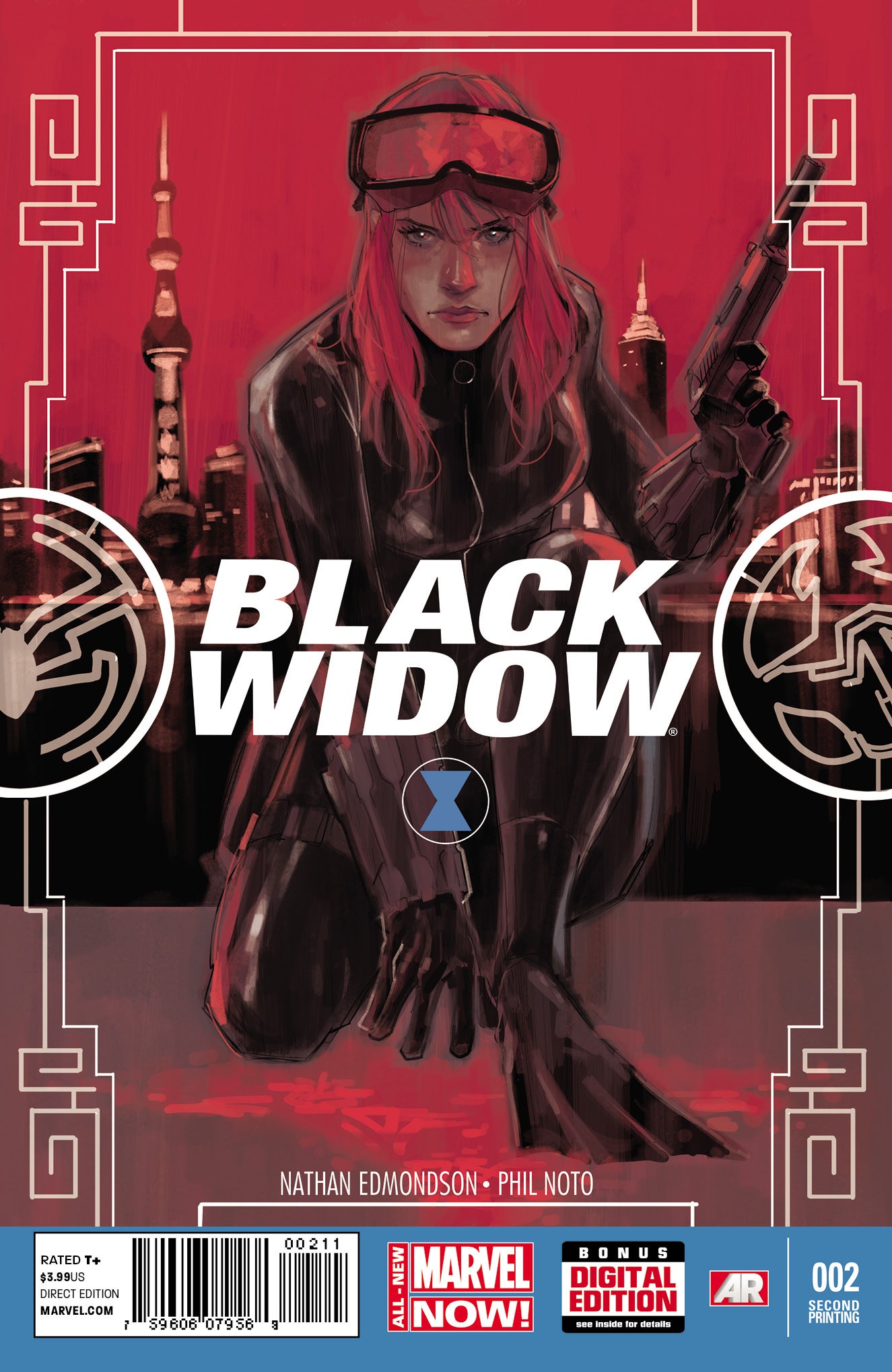
3. Black Widow
Only in the world of comics can a Russian spy can be reformed after she was first introduced as a villain trying to steal weaponry from Iron Man. Now she’s one of the most trusted spies for the “good guys.”
Natasha Romanoff, codename Black Widow, first appeared as an adversary for Iron Man in Tales of Suspense #52. However her allegiance to Mother Russia starts to weaken fairly quickly when she finds herself falling in love with her ally Hawkeye (more on him in a minute). In turns out she is being brainwashed by the Soviets and after breaking free, she defects from the country and becomes an ally (and eventual member) of the Avengers.
In addition to “Earth’s Mightiest Heroes,” Widow co-starred in Daredevil for a period of time in the 1970s as both a partner and love interest to Matt Murdock. She is also employed by the government agency S.H.I.E.L.D. Why would a U.S. government spy agency be so trusting with a former Soviet spy? Even the Ultimate Universe was a bit incredulous about this when the Ultimate version of the Black Widow famously betrayed her teammates and joked about no one suspecting the Russian spy.
Still, Natasha has soldiered on as one of Marvel’s most interesting and unique heroes. Her portrayal by Hollywood superstar Scarlett Johansson in the Marvel Cinematic Universe has only added to the character’s popularity, with a number of fans calling on Marvel Studios to deliver a Black Widow solo film.

2. Rogue
While she was initially introduced in Avengers Annual #10 as a villain, Rogue has evolved into one of the more celebrated members of the heroic X-Men team. A mutant who is capable of absorbing other people’s powers by touching them, Rogue initially views her mutation as a curse and is coaxed by Mystique into joining the Brotherhood of Evil Mutants. However, after permanently absorbing Ms. Marvel’s powers and psyche, she seeks council from Charles Xavier and the X-Men, and is soon invited to join the team so she can learn more about her powers.
Rogue quickly endears herself to her X-Men teammate Wolverine when she shields his would-be wife, Mariko Yashida from a fatal laser blast. Wolverine offers to transfer his healing powers to Rogue in exchange for her sacrifice. When she initially resists for fear of killing Wolverine, she gains his complete trust. In another storyline, she uses her powers to save Colossus.
Rogue’s popularity has led to the character being a regular part of the X-Men across all media. She was a central figure in the original X-Men film trilogy, and has also been depictured in various X-Men animated television shows and video games.
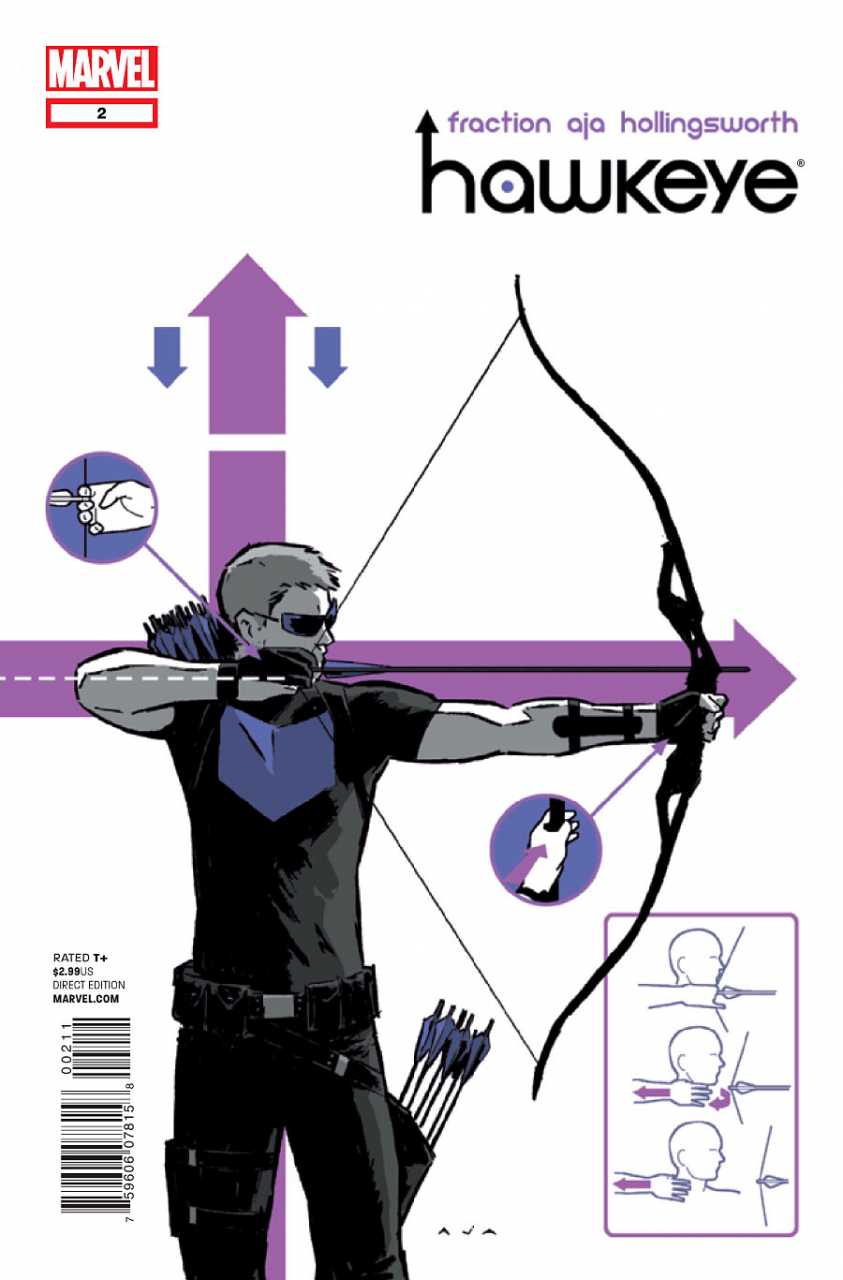
1. Hawkeye
As the world’s most popular non-superpowered Avenger, Clint Barton, better known as the purple-clad Hawkeye, began his comic book career as a villain Tales of Suspense #57. However, his time spent on the dark side was rather short-lived, as within a year, he was a part of the second iteration of the Avengers, where he’s spent the bulk of his comic book career ever since.
Barton first developed his archery skills to serve as a carnival attraction. He aspired to be a hero, but after a misunderstanding, was accused of being thief. Disenchanted, he meets the Black Widow who was then working as a spy trying to steal technology that was being developed by Tony Stark. Hopelessly in love, Barton blindly follows Widow around before she gets injured in battle with Iron Man and he pledges to go straight.
Barton’s tenure on the Avengers has long been marked by his abrasiveness and disdain for authority, but he eventually earns the trust and friendship of the group, especially Captain America for who Hawkeye has designated a seemingly endless number of nicknames. Today, readers can catch Hawkeye’s solo adventures in the critically-acclaimed Hawkeye series, which is ending its run in October.



